Learn how insulated windows can help you save energy and money in your home with this comprehensive homeowner’s guide.
As the sun rose over the quiet neighborhood, Mary sat sipping her morning coffee, staring out of her window. She couldn’t help but notice how much colder it was inside compared to outside.
It was then that she realized it was time for a change – a change that would not only make her home more comfortable but also save energy and money. That’s when she stumbled upon insulated windows.
Insulated windows are not just your ordinary windows; they are designed to provide superior insulation by trapping air between two panes of glass. This trapped air acts as an insulating barrier, preventing heat from escaping during winters and keeping cool air inside during summers.
In this homeowner’s guide, we’ll explore everything you need to know about insulated windows – from how they work to their benefits and installation process.
So sit back, grab a cup of coffee, and let’s dive in!
Insulated Window Basics
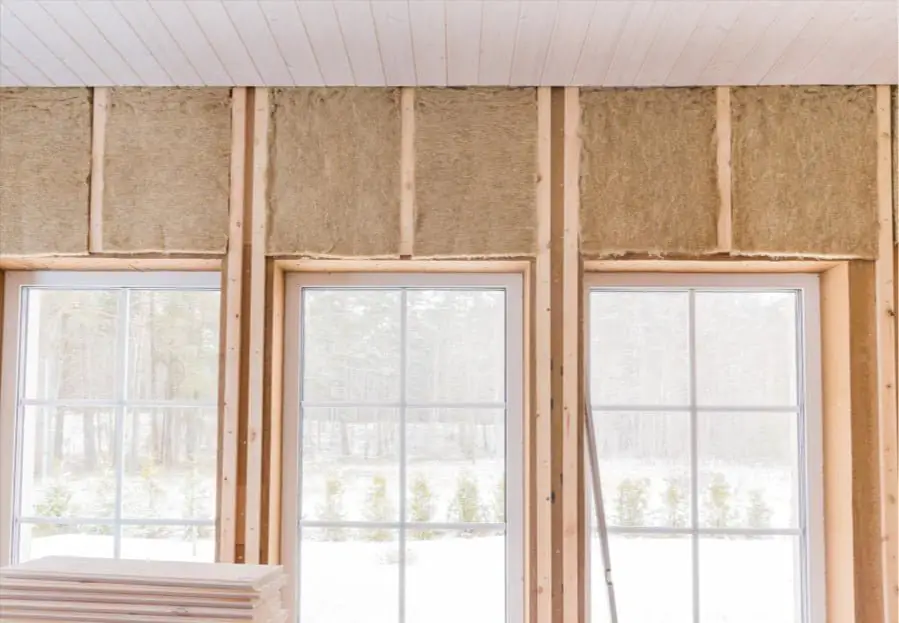
Insulated windows are a popular choice among homeowners looking to conserve energy and reduce their utility bills. They work by creating an insulating barrier between the inside and outside of your home, which helps regulate temperature and prevent heat loss or gain. The space between the panes can be filled with air or gas for added insulation.
They can help reduce noise pollution from outside sources like traffic or neighbors’ activities while providing better security against break-ins due to their sturdy construction.
Mary was impressed by how much difference installing insulated windows could make in her home’s comfort level and energy efficiency. She decided it was time to take action towards reducing her carbon footprint while saving money on heating bills during winter months!
Energy Conservation Benefits
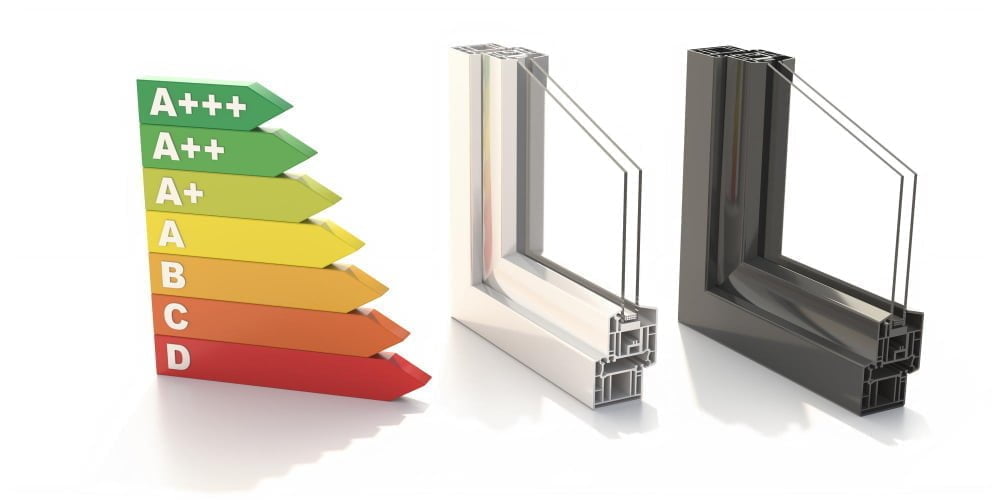
Mary couldn’t believe the difference insulated windows made in her home. Not only did they keep her house warmer during the winter months, but she also noticed a significant decrease in her energy bills.
Insulated windows are designed to reduce heat loss by up to 70%, which means less energy is required to maintain a comfortable temperature inside your home. But that’s not all – insulated windows also help conserve energy during summers by keeping cool air inside and preventing hot air from entering your home.
This means you won’t have to rely on your AC as much, resulting in lower electricity bills and reduced carbon footprint. Insulated windows can provide noise reduction benefits too! The trapped air between two panes of glass acts as an additional sound barrier that helps block out unwanted outside noises such as traffic or construction work.
Investing in insulated windows is not just about making your home more comfortable; it’s about reducing environmental impact while saving money on utility bills over time.
Types of Insulated Windows
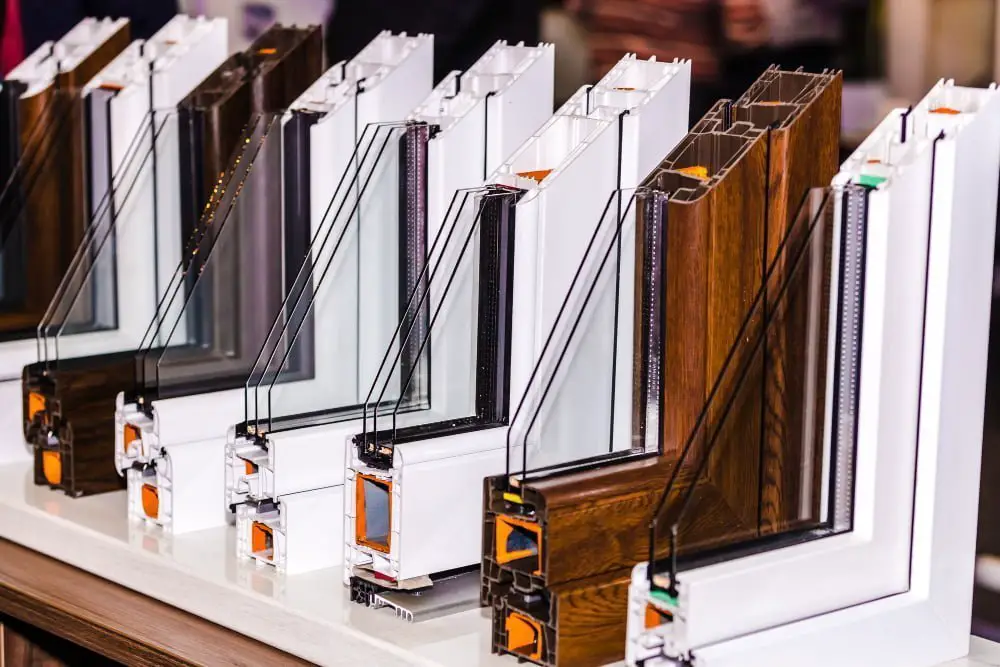
Double-pane windows consist of two panes of glass with a layer of air or gas between them. This design provides better insulation than single-pane windows and reduces heat loss by up to 50%.
Triple pane-windows, on the other hand, have three panes of glass with two layers filled with insulating gas between them. They offer even more significant energy savings but come at a higher cost.
Another type is Low-E (low-emissivity) coated insulated window which has an invisible metallic coating applied to one side that reflects heat back inside during winters while keeping it out during summers.
Choosing the right type depends on your budget and specific needs for energy conservation in your home. It’s essential to consult an expert before making any decisions as they can help you choose what works best for you based on factors such as climate conditions in your area, orientation towards sunlight among others.
Installation Process
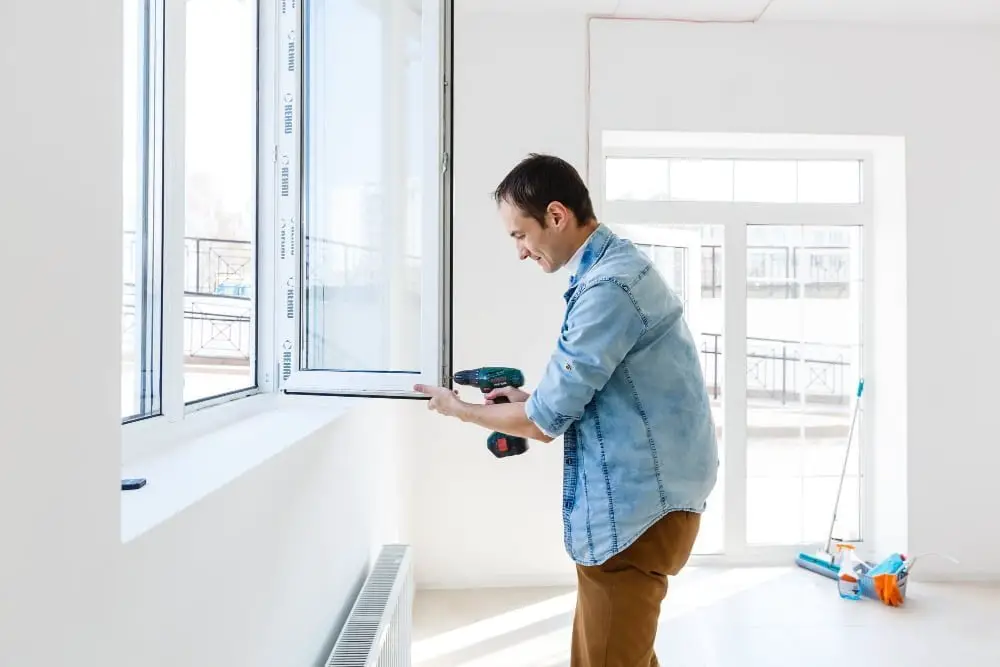
The installation process for insulated windows is not much different from that of regular windows. However, it’s essential to hire a professional installer who has experience with this type of window installation.
Firstly, the old window frames are removed carefully without damaging any surrounding walls or structures. Then new frames are installed along with double-paned glass panels that provide insulation between them.
Once everything is securely in place and sealed correctly around the edges using weather-stripping materials like silicone caulk or foam tape – your new insulated window will be ready for use!
It’s important to note that proper installation plays a significant role in ensuring maximum energy efficiency from your newly-installed insulated windows. So make sure you choose an experienced installer who can do it right!
Cost and Savings Analysis

The cost of insulated windows varies depending on factors such as size, style, and installation requirements. On average, homeowners can expect to pay between $500 to $1,000 per window for high-quality insulation.
While this may seem like a significant upfront expense compared to traditional single-pane windows’ costs; it’s essential to consider the long-term benefits. Insulated windows can reduce your monthly energy bills by up to 25%, which means you’ll recoup your initial investment over time through lower utility bills.
Moreover, if you plan on selling your home in the future – having insulated windows installed is an attractive feature for potential buyers who are looking for energy-efficient homes with low maintenance costs.
While there is an initial cost associated with installing insulated windows – they offer significant savings in terms of reduced monthly utility bills and increased property value over time.
Maintenance Tips
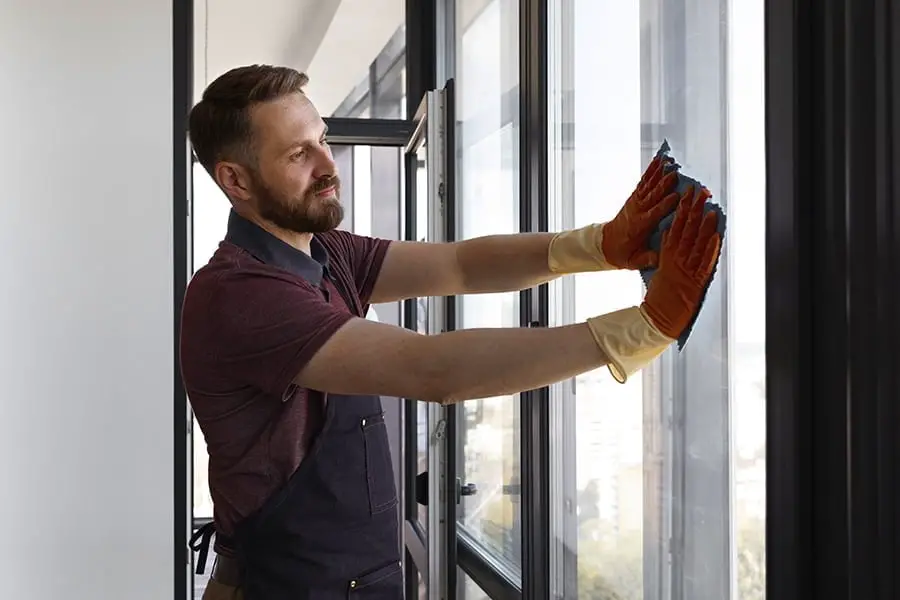
Here are some maintenance tips that will help you keep your insulated windows functioning correctly:
- Clean regularly: Insulated windows require regular cleaning just like any other window type.
- Use a soft cloth or sponge with mild soap and water solution to clean both sides of the glass panes.
- Check for damage: Inspect your insulated windows periodically for signs of damage such as cracks or chips on the glass panes or frames.
- Lubricate moving parts: If you have sliding insulated windows, lubricate their tracks with silicone spray every six months so that they slide smoothly without sticking.
- Replace weatherstripping if necessary: Weatherstripping is an essential component of insulation around window frames; check it annually and replace if damaged.
By following these simple maintenance tips regularly, you can extend the lifespan of your new investment while enjoying all its benefits!
Retrofitting Existing Windows
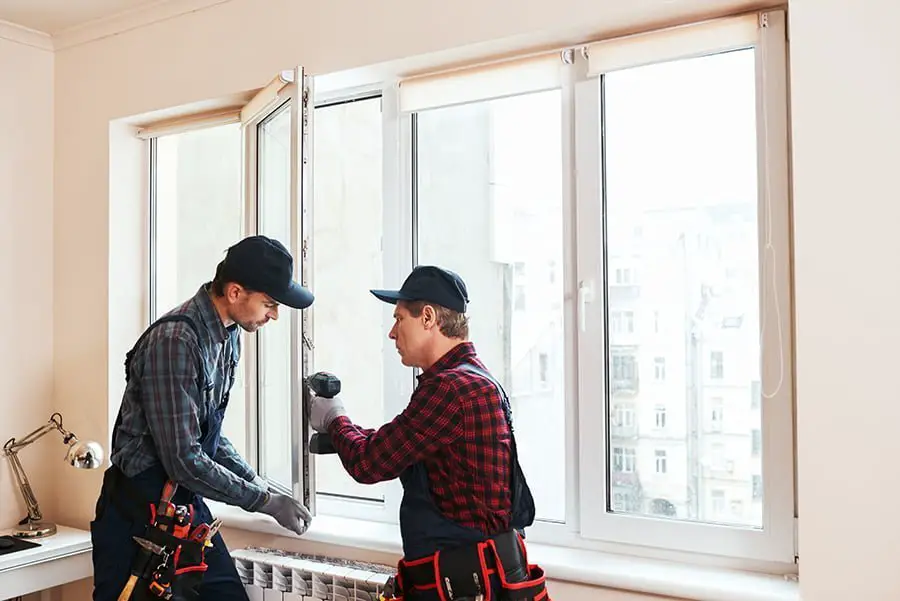
Mary was excited to learn about insulated windows and how they could help her save energy and money. However, she wondered if it was possible to retrofit her existing windows with insulation instead of replacing them altogether.
The good news is that retrofitting existing windows is a viable option for homeowners who want the benefits of insulated windows without the cost of full replacement.
Retrofitting involves adding an insulating film or panel over your current window glass, creating an additional layer that helps trap air between panes. This method can be less expensive than full replacement but still provides many benefits such as improved energy efficiency, reduced noise pollution, and increased comfort in your home.
It’s important to note that not all types of window frames are suitable for retrofitting; some may require complete replacement due to their age or condition. It’s best to consult with a professional before deciding on which method would work best for you.
If you’re looking for ways to improve your home’s energy efficiency while saving money on utility bills, consider retrofitting your existing windows with insulation panels or films. Not only will this upgrade make a significant difference in reducing heat loss during winters and keeping cool air inside during summers but also provide added comfort throughout the year!
Related Stories
- Reducing Heating and Cooling Costs with Energy-efficient Windows: A Smart Investment
- Retrofitting Existing Windows for Energy Efficiency: A Practical Approach
- Ventilation and Energy-efficient Windows: A Breath of Fresh Air
- High-performance Windows for Energy Savings: Discover the Advantages
- Energy-efficient Window Options for Apartments and Condos: Small Space, Big Impact
Recap
